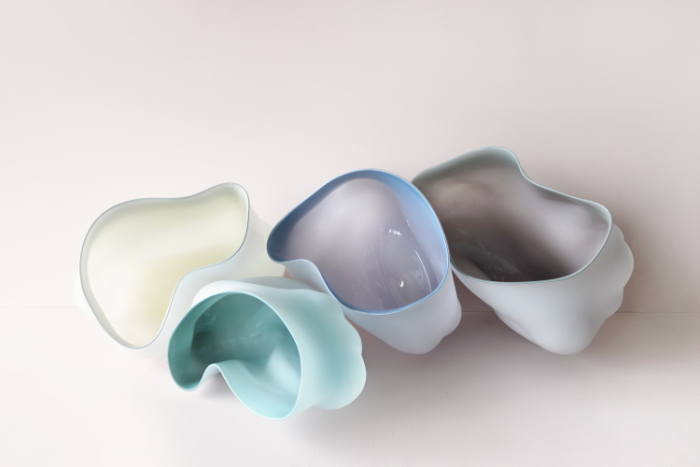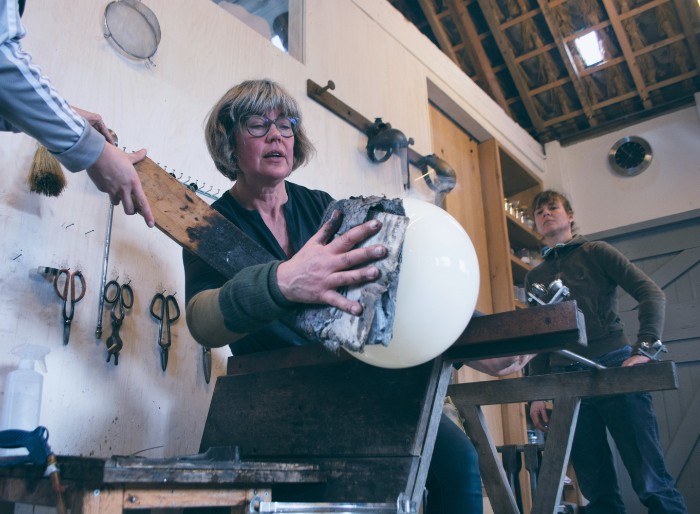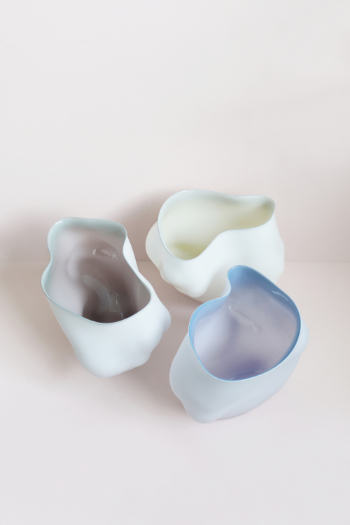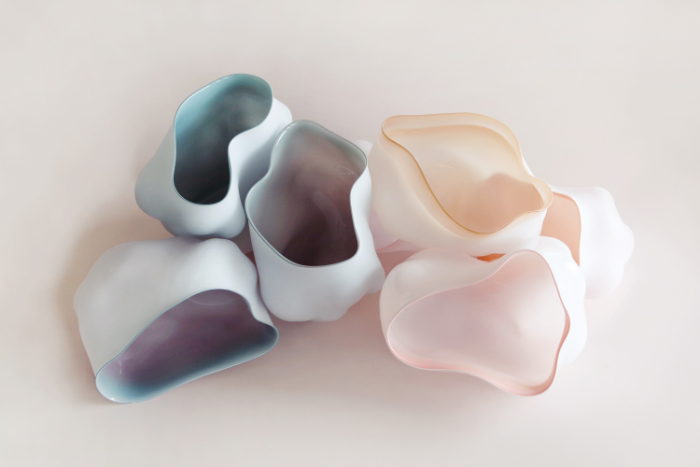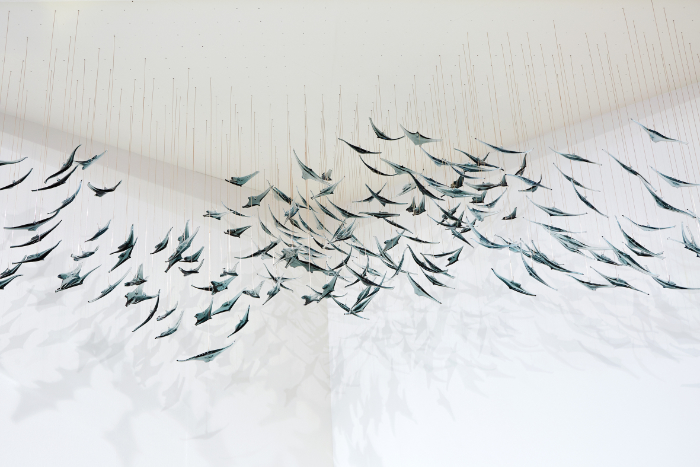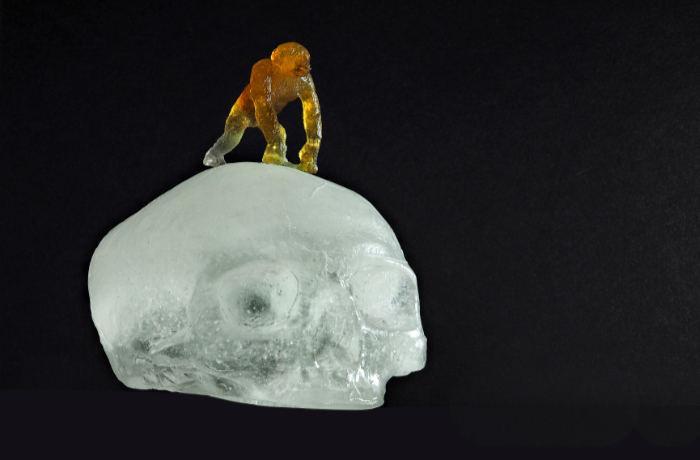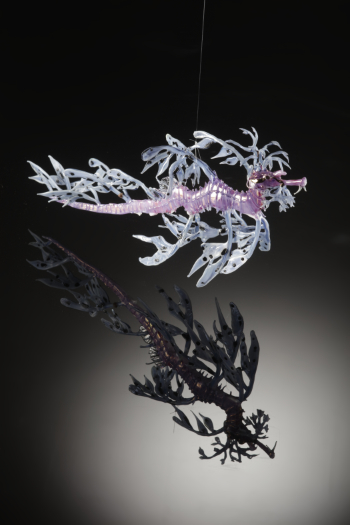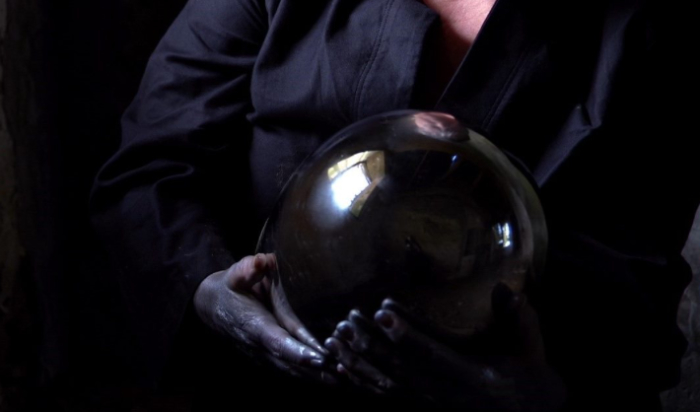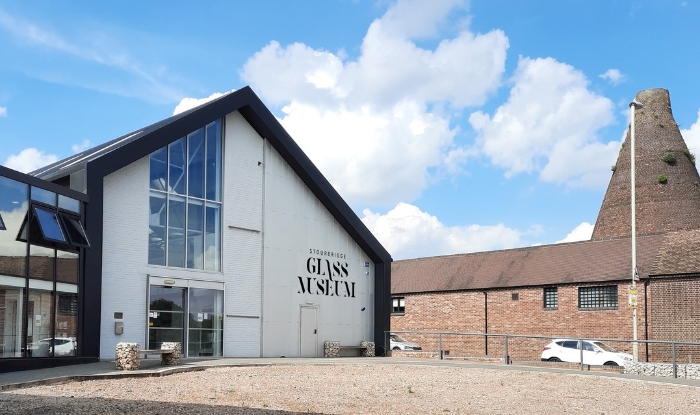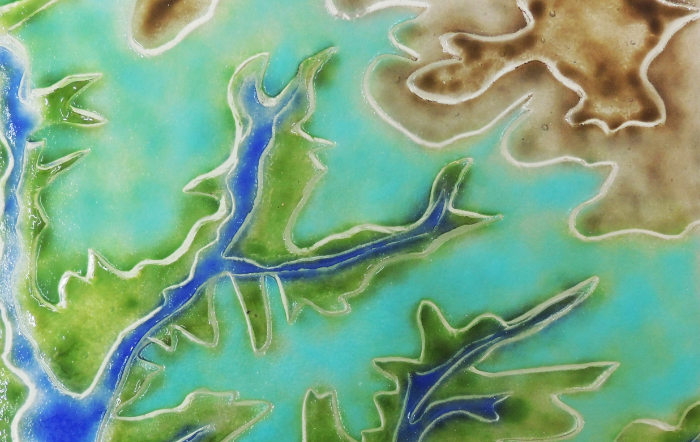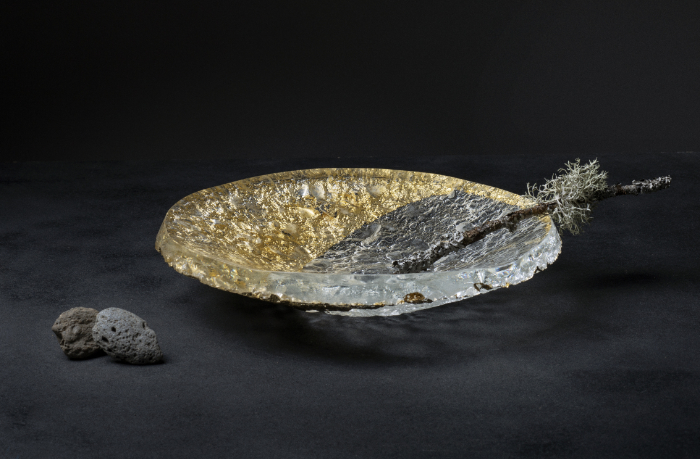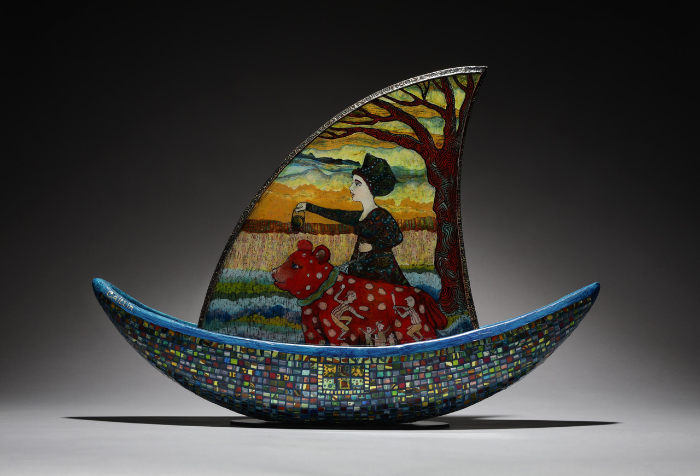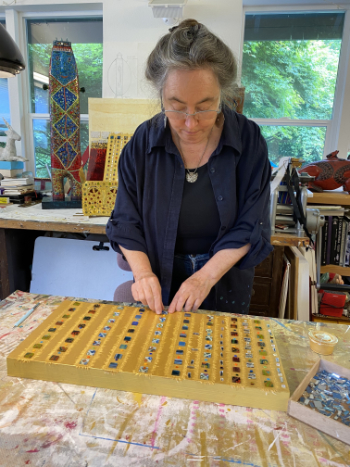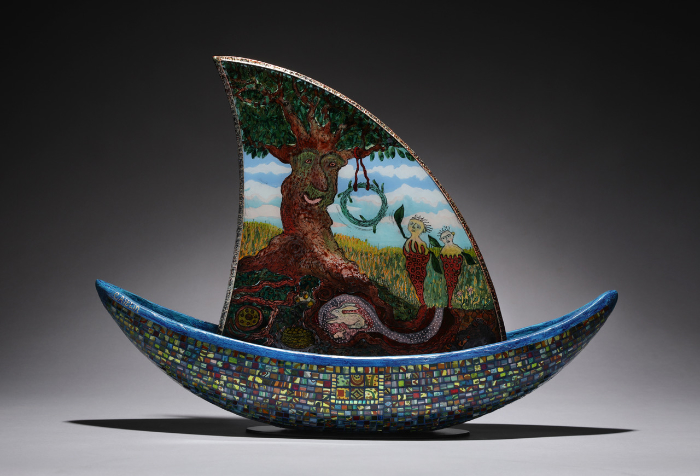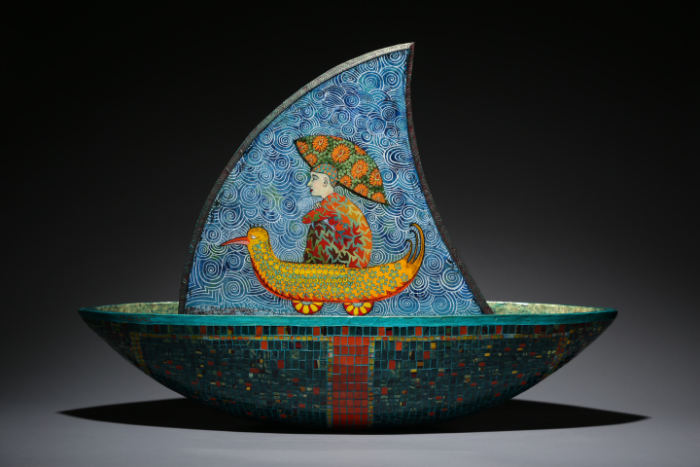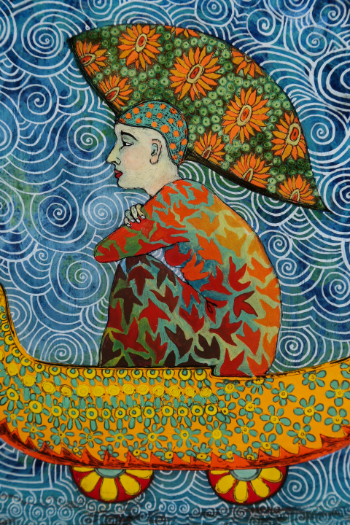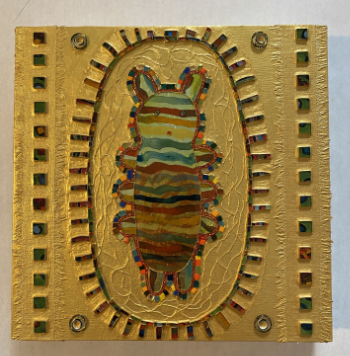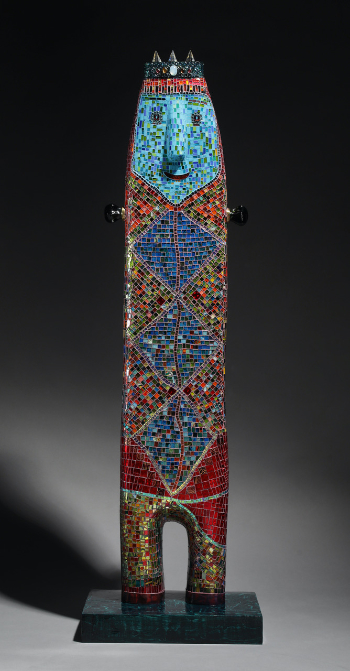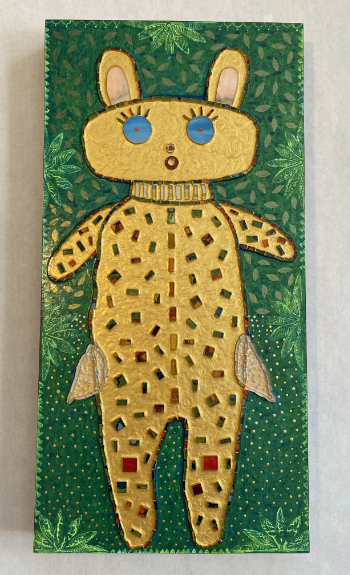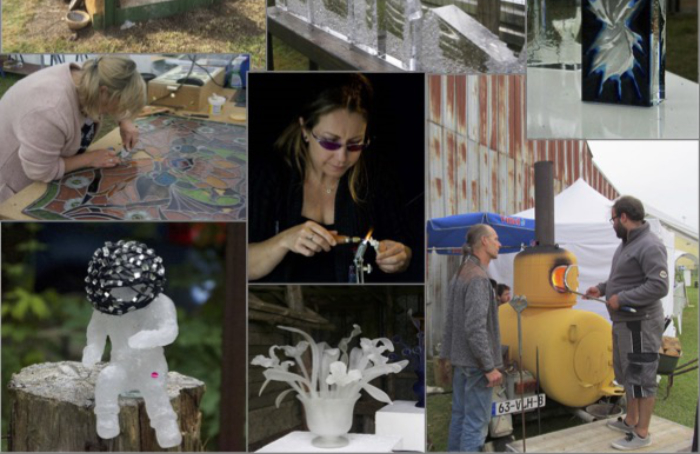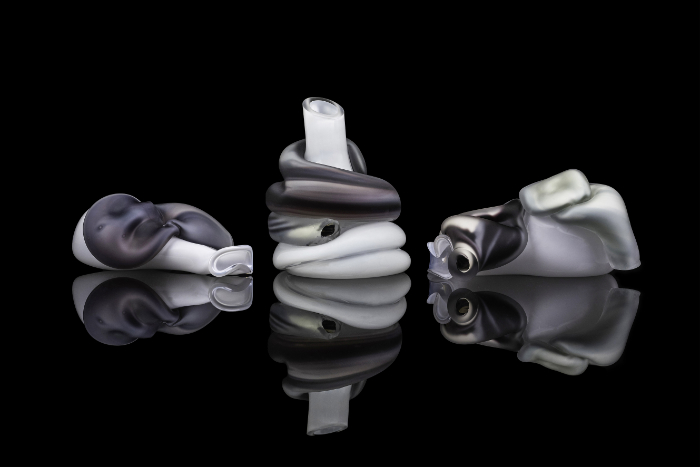
The graduate winners of the Glass Prize, and those to be featured in the New Graduate Review publication for 2021, have been announced.
Despite the challenges of completing their glass courses over the past two years, 38 applications were received from graduates from 2020 and 2021 for the Worshipful Company of Glass Sellers of London and Contemporary Glass Society’s (CGS) Glass Prize and inclusion in the New Graduate Review 2021.
First prize goes to Erica Poyser BA, from De Montfort University, Leicester; second prize is awarded to Dr Helen Slater Stokes, PhD, from the Royal College of Art, London; two runners-up prizes are awarded to Sacha Delabre BA, from the University of Sunderland, and Stephanie Harper MA, from the University for The Creative Arts, Farnham.
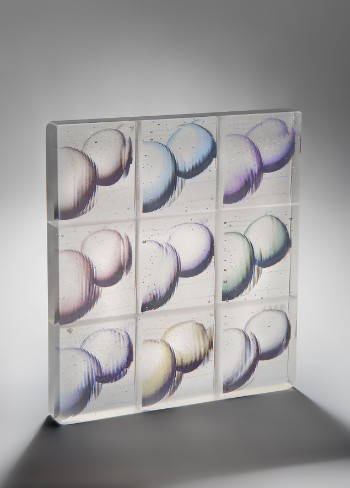
Erica wins £500 in cash; £200 Creative Glass UK vouchers; the cover position of New Graduate Review plus two feature pages inside; two years’ CGS Membership; a selection of glass-related books, including ‘A Passion For Glass’, from Alan J. Poole, plus free subscription to Neues Glas.
Commenting on her first prize win, Erica Poyser said: “Wow this is crazy! THANK YOU! I am so excited and honoured to have won this prize! There were so many amazing glass graduates this year, and they have all created such amazing work in the extra challenging circumstances. I am so proud of the work I have been able to accomplish this year. I couldn’t have done it without the incredible help of my glass partner Rosie Perrett and my incredible teacher Jill Ellinsworth! Thank you again for this prize! It’s such an amazing way to end my three years of university!”
Part of what helped Erica win was her passionate explanation of the thinking behind her work in her application, which struck a chord with the judges:
“The process of glass blowing, and its endless creative capabilities, are an addiction to anyone who is lucky enough to have a go. I found my passion for glassblowing through my Design Crafts degree, and I am working hard to learn as much as I can about the art. I want to pursue a career in glass making and keep expanding my knowledge of the material.
“A 2020 UK summer survey, reported by Young Minds, resulted in 80% of respondents agreeing that the Coronavirus pandemic made their mental health worse. My collection of glass pieces represents the overwhelming emotions many have tackled alone over the past year. Hopefully representing those emotions in a physical form can bring a cathartic feeling as people can relate my art to their own emotions from the past year.”
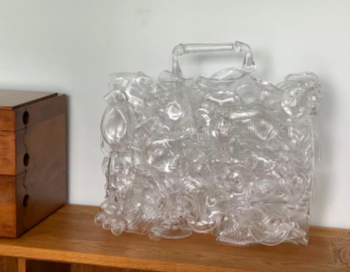
The CGS recognises that it has been an unimaginably difficult time for students graduating over the past 18 months. “Despite this, we had 38 excellent applications from graduates from 13 different colleges spanning 2020 and 2021,” commented Susan Purser Hope, CGS chair. “The quality was really impressive, especially considering the tough time students have all experienced, and the judging panel had such a hard task selecting four winners for the prizes plus another 16 graduates for the Review.
“We are extremely grateful to all our sponsors who provided financial support and prizes for the Glass Prize and New Graduate Review 2021, without whom this would not have been possible: Professor Michael Barnes MD FRCP, The Worshipful Company Of Glass Sellers Of London Charity Fund, Creative Glass UK, Pearsons Glass, Warm Glass, Neues Glas – New Glass: Art & Architecture and Alan J. Poole.”
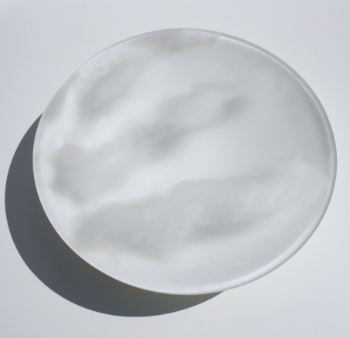
Other glass graduates recognised for their achievements were:
Highly Commended:
Wai Yan Choi MA, Royal College of Art, London;
Belinda King BA, De Montfort University, Leicester;
Pratibha Mistry MA, University for The Creative Arts, Farnham;
Rosie Perrett BA, De Montfort University, Leicester;
Moon Ju Suh MFA, Edinburgh College of Art.
Commended:
Kate Courtney-Taylor BA, University For The Creative Arts, Farnham;
Catherine Dunstan MA, University for The Creative Arts, Farnham;
Shona Escombe (HNC) City of Glasgow College;
Steven Graham BA, University of Stirling;
Ossin Hanrahan BA, Crawford College of Art and Design, Ireland;
Chengyu Li MA, Royal College of Art, London;
Ethel Moir BA, Crawford College of Art and Design, Ireland;
Tamar ‘ Nikki’ Palmer BA, University of Wolverhampton;
Áine Ryan BA, Crawford College of Art and Design, Ireland;
Bethany Walker MA, Royal College of Art, London;
Samantha Wuidart BA, De Montfort University, Leicester.
The selection panel comprised: Angela Jarman (artist), Michael Barnes (glass collector/CGS trustee), Sarah L Brown (glass artist/CGS trustee) and Leigh Baildham (chairman of trustees at Worshipful Company of Glass Sellers of London Charity Fund [WCGSCF]).
Leigh Baildham remarked, “The WCGSCF is delighted to be associated with the CGS Graduate award, which we hope will help to encourage another new generation of studio glass artisans.”
Prof Michael Barnes said, “It was a pleasure to once again judge this year’s prize. Considering this was such an awful year in many ways, it was great to see so many entrants and such high quality. As ever, we struggled to give the prizes, with so many good pieces to choose from. However, a winner emerged, and several really high-quality runners up and highly commended and commended. Well done to everyone and I really hope that the prize will help some excellent artists become established in the glass world.”
The CGS New Graduate Review 2021 is a 16-page print publication, which will be circulated to all CGS members and associates, as well as distributed through Neues Glas – New Glass: Art & Architecture magazine.
Main image: First prize winner ‘Constricted’ by Erica Poyser. Photo: Matt Stone, Matt Evans.
